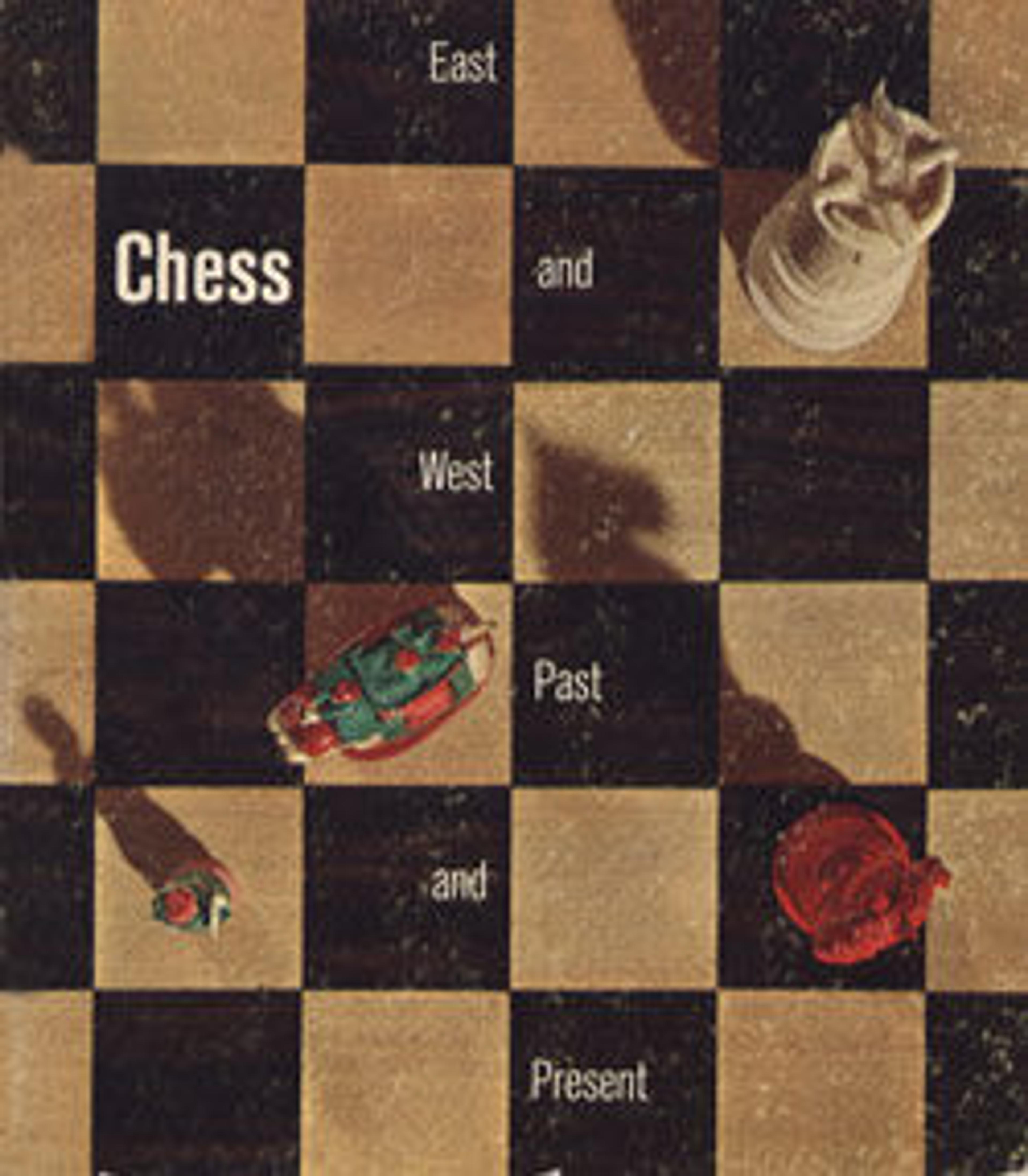Chessmen (32)
The rooks are elephants with circular towers on their backs surmounted by flags; a mahout sits on the elephant's head. The elephants are carved in a curiously wooden manner, far less skillfully than the horses with which the Chinese were familiar. The bases are deeply undercut to form an open design of flowers and leaves. Chinese ivory sets are often carved with great skill and furnished with ornamental bases, some, like these, being foliated. In others carved balls are incorporated in the baluster support or movable concentric balls. These sets were made as gifts for foreigners, or for sale to them, and well-known foreign personages were incorporated into many of them. Others, such as this, consist entirely of Chinese figures, usually with some of the characteristics of the Manchu dynasty, which reigned throughout the nineteenth century and on to 1912. It has been suggested that some of these sets represent Chinese versus Mongols, but the iconographical details here do not bear out the suggestion-it is a fanciful opposition.
Artwork Details
- Title: Chessmen (32)
- Date: 19th century
- Culture: Chinese, probably Beijing
- Medium: Ivory
- Dimensions: Height (each king): 4 3/4 in. (12.1 cm);
Height (each pawn): 2 3/4 in. (7 cm) - Classification: Chess Sets
- Credit Line: Gift of Gustavus A. Pfeiffer, 1948
- Object Number: 48.174.75a–p, aa–pp
- Curatorial Department: European Sculpture and Decorative Arts
More Artwork
Research Resources
The Met provides unparalleled resources for research and welcomes an international community of students and scholars. The Met's Open Access API is where creators and researchers can connect to the The Met collection. Open Access data and public domain images are available for unrestricted commercial and noncommercial use without permission or fee.
To request images under copyright and other restrictions, please use this Image Request form.
Feedback
We continue to research and examine historical and cultural context for objects in The Met collection. If you have comments or questions about this object record, please contact us using the form below. The Museum looks forward to receiving your comments.
